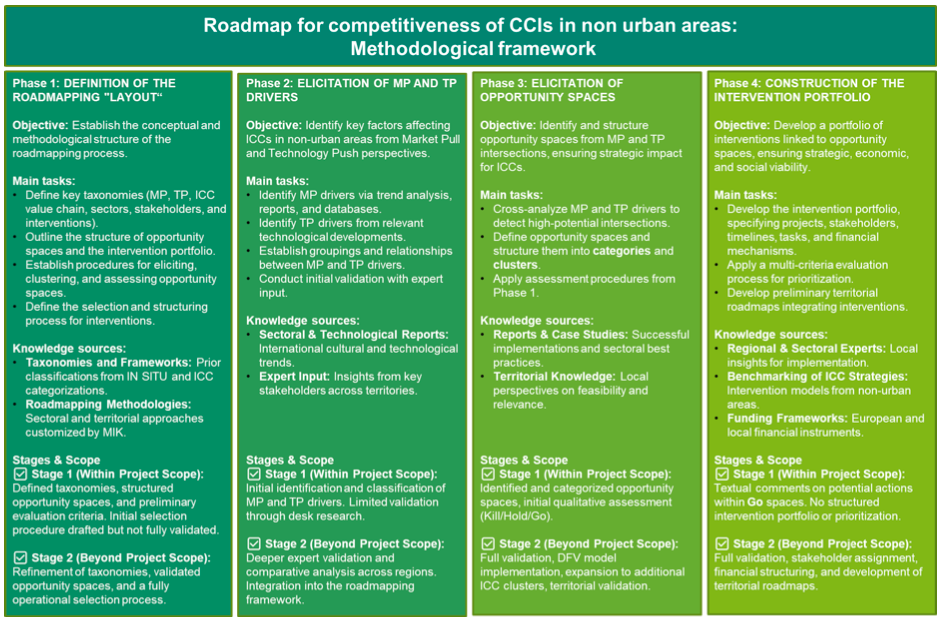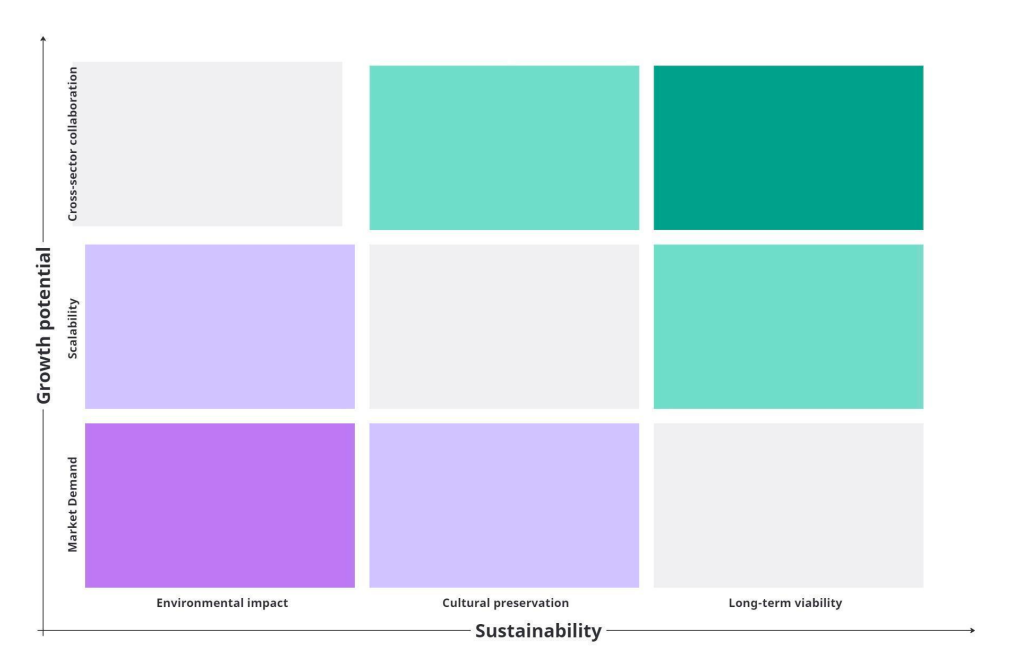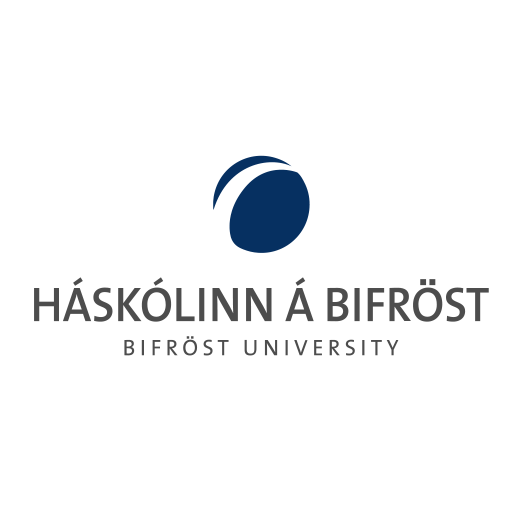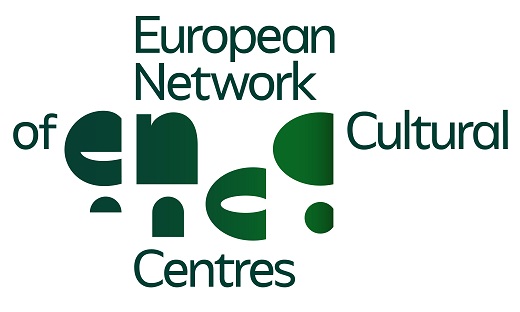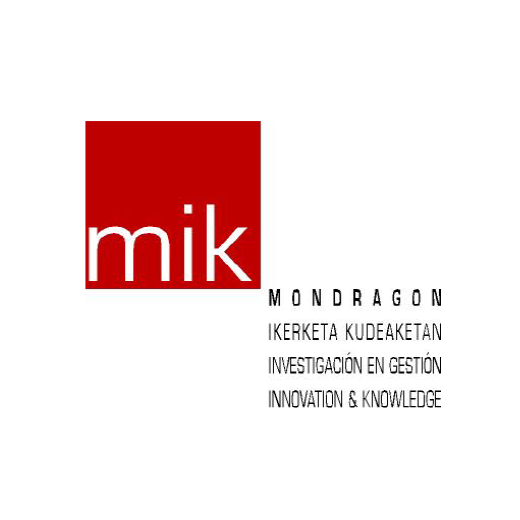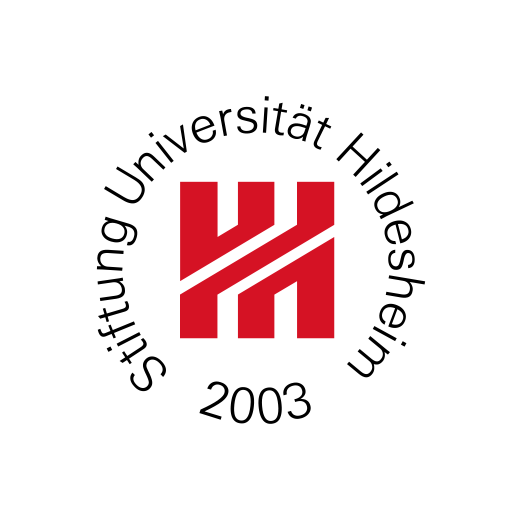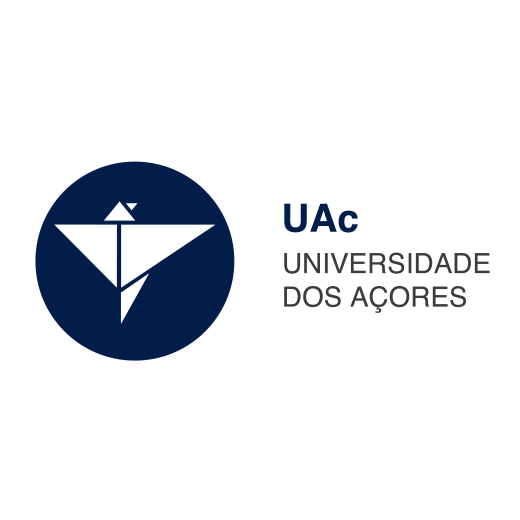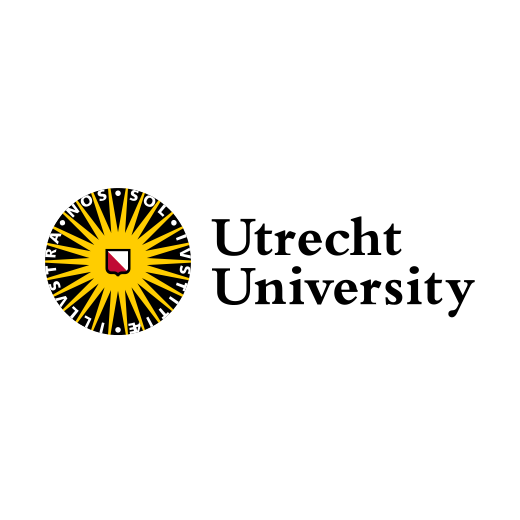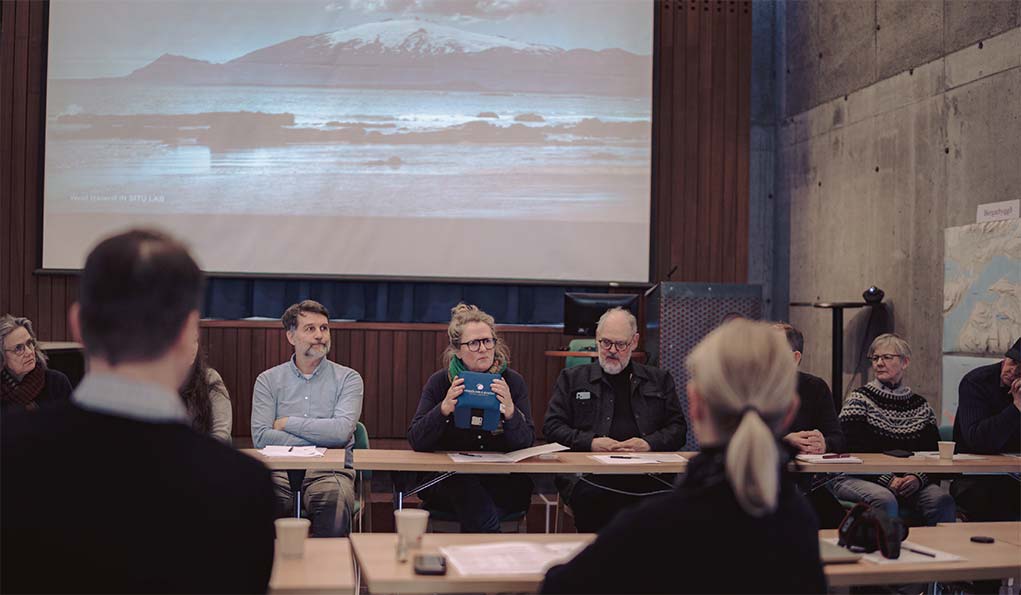
On April 6, 2023, the IN SITU report “Drivers of innovation of CCIs located in non-urban areas” (Deliverable 2.1), part of Work Package 2 on “Innovation and transformation of CCIs,” was submitted to the European Commission. The report was developed by Mondragon Innovation & Knowledge (MIK) of Mondragon University, Spain, with the contribution of all project partners. It provides an initial examination of key trends and drivers of innovation in the Cultural and Creative Industries (CCIs), as an overall sector and in relation to those located in non-urban areas.
The research aimed to identify the main drivers and the particularities of CCIs innovation in non-urban areas by taking into consideration the diversity of patterns of form, processes, governance, networking capacity, and value chains (from value creation to service delivery), among other characteristics. It also considered how CCIs act as drivers of innovation in economic and non-economic sectors and contribute to societal well-being and sustainability, including the variety of types of spillover effects of the arts, culture and creative industries.
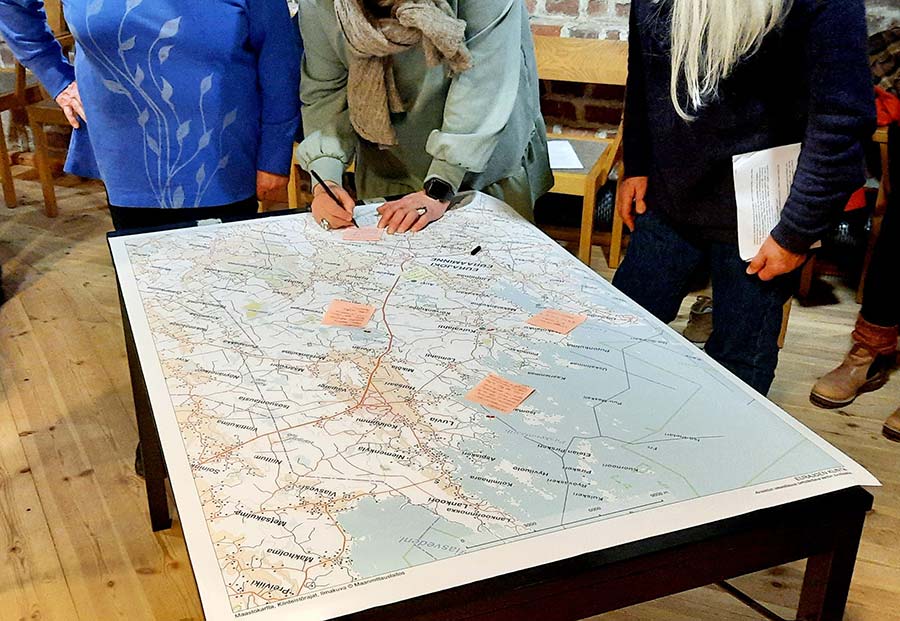
The report proposes a definition of cultural and creative industries (CCIs) as those parts of the modern social and economic realm which convey, in some way, cultural expressions embodied in different ways of production, including industrial or tailored, or services, and which orients the application of creativity of individuals and groups to the generation of original cultural product, which may have commercial value, social value, or both. This definition complements Eurostat’s ten sectors of the cultural and creative industries: heritage, archives, libraries, books and press, visual arts, performing arts, audio-visual and multimedia, architecture, advertising and art crafts.
Some of the drivers of innovation in CCIs in non-urban areas detected in the study’s literature review include geographical proximity and knowledge transfer, cultural heritage, social capital, and local demand. More generally, the report highlights the increased use of digital technology, the rise of streaming services, the diversification of content, and the growing importance of social media in promoting and distributing creative works as some of the key points to be drawn from an analysis of emerging technologies.
Overall, CCIs have the potential to make a significant contribution to the economic and social development of non-urban areas by promoting entrepreneurship, creativity, and cultural identity. CCIs located in those areas have particular forms, processes, service delivery models, networking capacities and governance frameworks conducive to producing innovation. As drivers of innovation, CCIs also contribute to the social well-being, sustainability, and competitiveness of their community and region.

The research was based on a literature review and analysis involving business reports and scientific research; data from the Eurostat database “Structural Business Statistics and Labour Force Survey,” examined through data mining and statistical business data analytics methods; and a compilation of 156 organisational cases and 55 policies/initiative examples contributed by IN SITU partners.
This report contributes to the background knowledge about innovation drivers of CCIs and ways in which CCIs can be drivers of innovation, which will inform further work in Work Package 2 as well as the IN SITU project as a whole.
Link to the IN SITU report “Drivers of innovation of CCIs located in non-urban areas”.
For further information:
Nancy Duxbury – IN SITU Project Coordinator
Centre for Social Studies (CES) at the University of Coimbra, Portugal
Email: in-situ@ces.uc.pt
Tel: +351 239 855 570
Web: https://insituculture.eu

